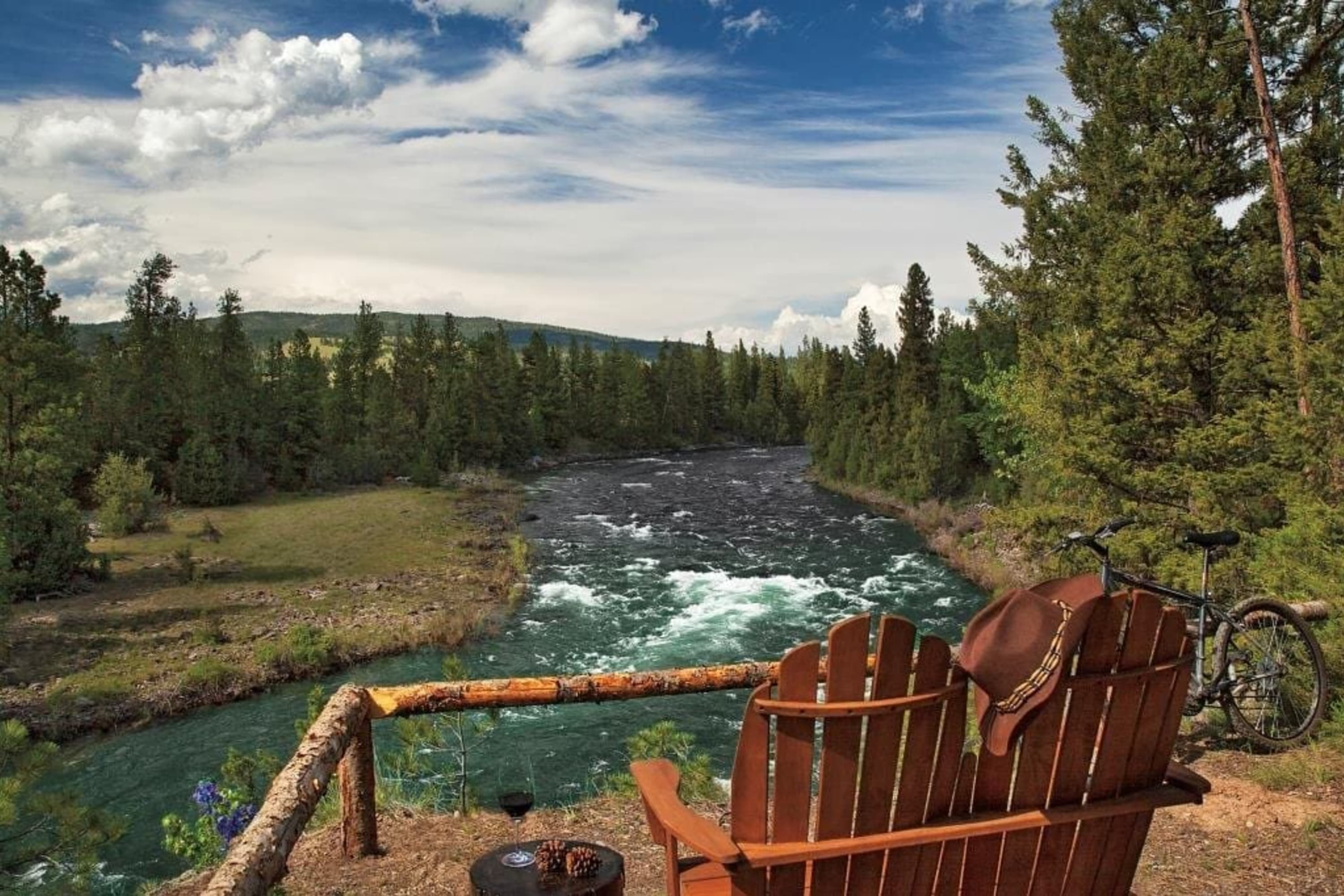
Image courtesy of The Resort at Paws Up
Learn everything there is to know about dude ranches, including what makes them exciting and how they’re different from other resorts, a few of Fora’s picks — with insights from Fora travel advisors — and common things to do on dude ranches.
What’s a dude ranch?

Image courtesy of Sage Lodge
A dude ranch — a.k.a. guest ranch, in some parts — is a vacation destination that offers the opportunity to experience Western lifestyles, usually complete with horseback riding and outdoor adventures. Originating in the late 19th century, dude ranches gave city dwellers a taste of rural life and the rugged charm of the American West. Today, dude ranches vary widely in style, from rustic, working ranches where you can participate in daily operations to lavish rustic retreats with spa services and gourmet dining.
“These ranches are perfect for those seeking an authentic, hands-on escape into nature, where you can unplug and enjoy a wide range of activities set against breathtaking landscapes,” Fora X Advisor Gianna Quattrini said.
Rustic doesn’t mean cheap or low-end. Dude ranches tend to offer an elevated experience with excellent dining, great accommodations and well-crafted experiences. There are certainly options with approachable rates, but you can safely expect a heightened vacation experience at most dude ranches. Stunning natural beauty is a key part of the experience; most dude ranches are set in remote or semi-remote areas.
“Dude ranches are a way to enjoy expansive landscapes, Western hospitality, outdoor activities and all-inclusive accommodations all in one spot,” Fora Advisor Anna Dobrenski added.
Dude ranches are inspired by the old frontier, and the vast majority of dude ranches are set in the United States, particularly in the Midwest. But there are also ranches as far west as California and as far east as Virginia. Options in Mexico and Canada also exist.
Offerings often change from season to season
Dude ranches used to be seasonal destinations that allowed ranchers to earn income outside of the harvest seasons. Travelers would usually visit in summer to take part in the outdoor activities before ranchers returned to normal operations in the fall. Today, most dude ranches are open year round and offer varying sets of activities to go along with the season. For example, horseback riding and outdoor barbecues in the summer and fall might give way to snowmobile tours and wine or whiskey tastings in cozy cabins during winter.
The dude ranch vs. ‘dude ranch lite’ experience
While authentic ranch living may appeal to some travelers, there are many who prefer more of a traditional resort experience with a rustic spin, what Fora calls the “dude ranch lite” experience. A traditional dude ranch lives and breathes ranch culture, while the “lite” option is more like a rustic-flavored retreat. Both are great in their own way, and there’s an abundance of options no matter which type of dude ranch appeals to you.
Most dude ranches are all-inclusive
Most dude ranches are at least partially all-inclusive. Some offer packages that only include meals and lodging, while others also add activities to the mix. The former may be better for large families or groups, as some members may prefer an activity-free experience. The latter may make more sense if you want to try many activities without paying à la carte.
Dude ranches are for (almost) everyone
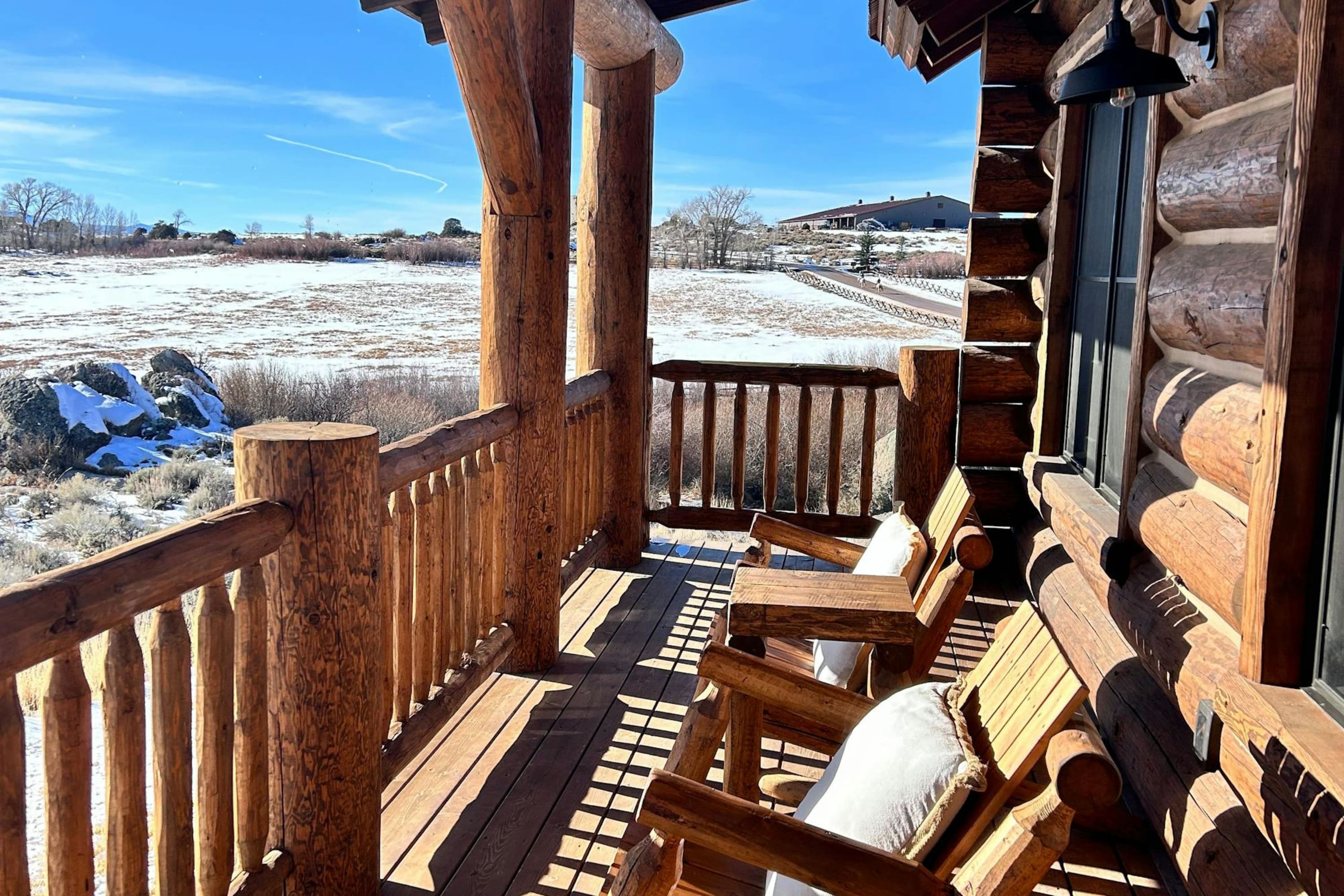
There’s a misconception that dude ranches are only for gruff travelers willing to put in a hard day’s work. Ranches like this do exist, but they’re actually in the minority. Instead, most dude ranches cater to all types of travelers, from retirees to children. Options are part of the dude ranch experience.
“Whether you're a family looking for quality time, a couple seeking romance, a solo adventurer or a nature lover, dude ranches cater to a diverse range of guests seeking both relaxation and adventure,” Fora Advisor Gianna Quattrini said.
That said, young children and infants may not have a great experience at some properties. Adventurous activities like horseback riding and offroading often have age limits. And while many dude ranches have programs for young kids, you may find better value in other vacation experiences, like the family-friendly resorts in Orlando or California (i.e. Disney and Universal Studios) or a Royal Caribbean cruise.
Get out in nature
One thing virtually all dude ranches have in common: a wide range of activities in nature.
“Dude ranches are so fun because of the plethora of activities they offer,” Fora Advisor Alana Stoyas said. “There is literally something for everyone to try, whether it's the first time or your millionth!”
Dude ranches: Fora’s picks
Check out a few of our favorite dude ranches, from Brush Creek Ranch in Wyoming to Dunton Hot Springs in Colorado.
Brush Creek Ranch (Saratoga, Wyoming)
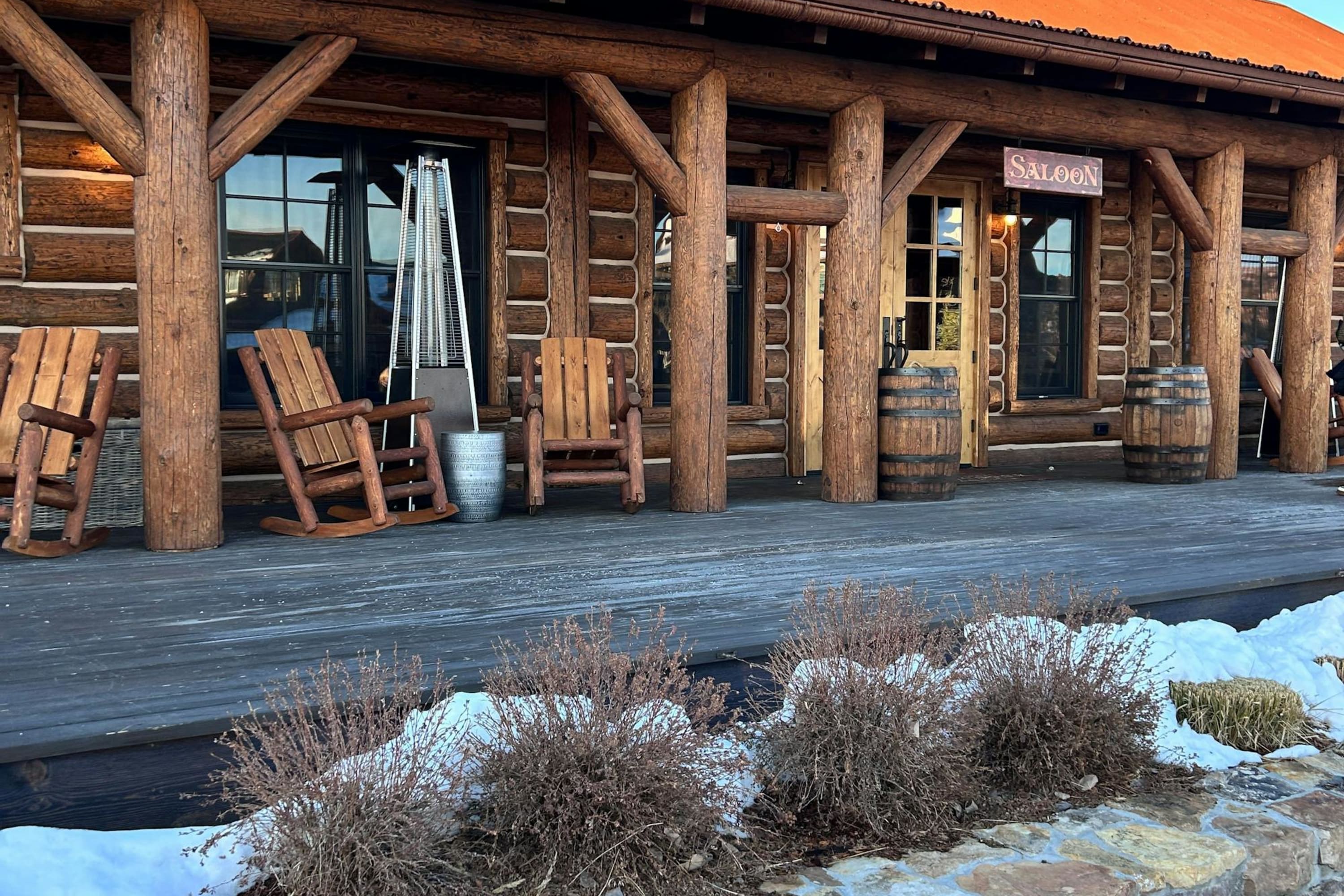
Brush Creek Ranch is a luxe dude ranch in the Platte River Valley. The family-owned ranch was the result of the original owner’s desire to maintain a place where his family and friends could come together, and eventually evolved into one of the US’ most reputable dude ranches. It was also the site of Fora X’s 2024 retreat.
“A trip to Brush Creek will transport you to the Old West, into the age of American pioneers,” Fora X Advisor Jennifer Schwartz said. “The original homestead dates back to 1884, and you can feel that rich history throughout the property. Brush Creek respects and honors its heritage as an original cattle ranch.”
Spanning over 30,000 acres, Brush Creek Ranch offers Western charm and high-end accommodations, including rustic cabins and suites spread throughout the property. Activities range from horseback riding and fly fishing to shooting sports and hiking. There are also kids’ clubs.
“Be sure to select your activities as soon as you reserve your stay, as the all-inclusive options fill up quickly,” Fora X Advisor Timadge Berkhadley said. “Planning ahead will help you make the most of your stay!” she added.
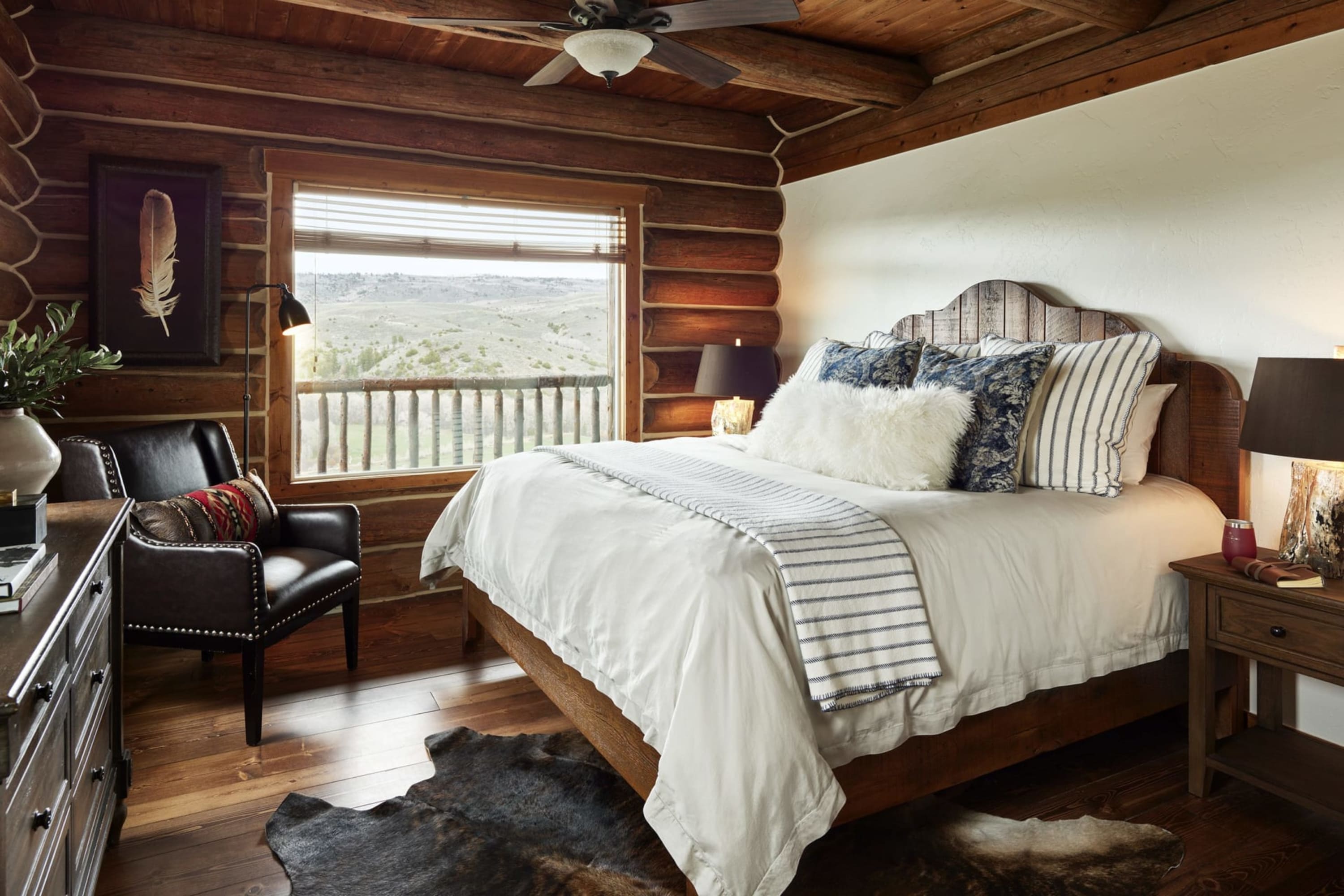
Image courtesy of The Lodge & Spa at Brush Creek Ranch
Timadge recommended the ranger tour, for instance, which takes you around the sprawling property and grants you the opportunity to spot wildlife and learn about the property’s history. Brush Creek Ranch also operates its own ski slopes in winter. You don’t have to bring ski clothes and gear, either; the property provides everything you need.
Dining at the ranch is exceptional. Expect farm-to-table cuisine and incredible wine tastings.
“The Cheyenne Club Restaurant will leave your tastebuds asking for more, especially after you take a tour of the greenhouse, where they grow most of your food before you sit down to your meal!” Fora X Advisor Betsy Prieto said.
Many of the ingredients at all of Brush Creek Ranch’s restaurants are sourced directly from the greenhouse, which uses advanced and sustainable techniques to ensure quality.
“Every ingredient was incredibly fresh and left me wanting more,” Timadge added. “My dinner at the Cheyenne Club was spectacular: I enjoyed their wagyu bavette, which included a potato fondant and chimichurri sauce.”
Fora Perks at The Lodge & Spa at Brush Creek Ranch:
$150 resort credit and an upgrade whenever possible.
Vermejo, A Ted Turner Reserve (Raton, New Mexico)
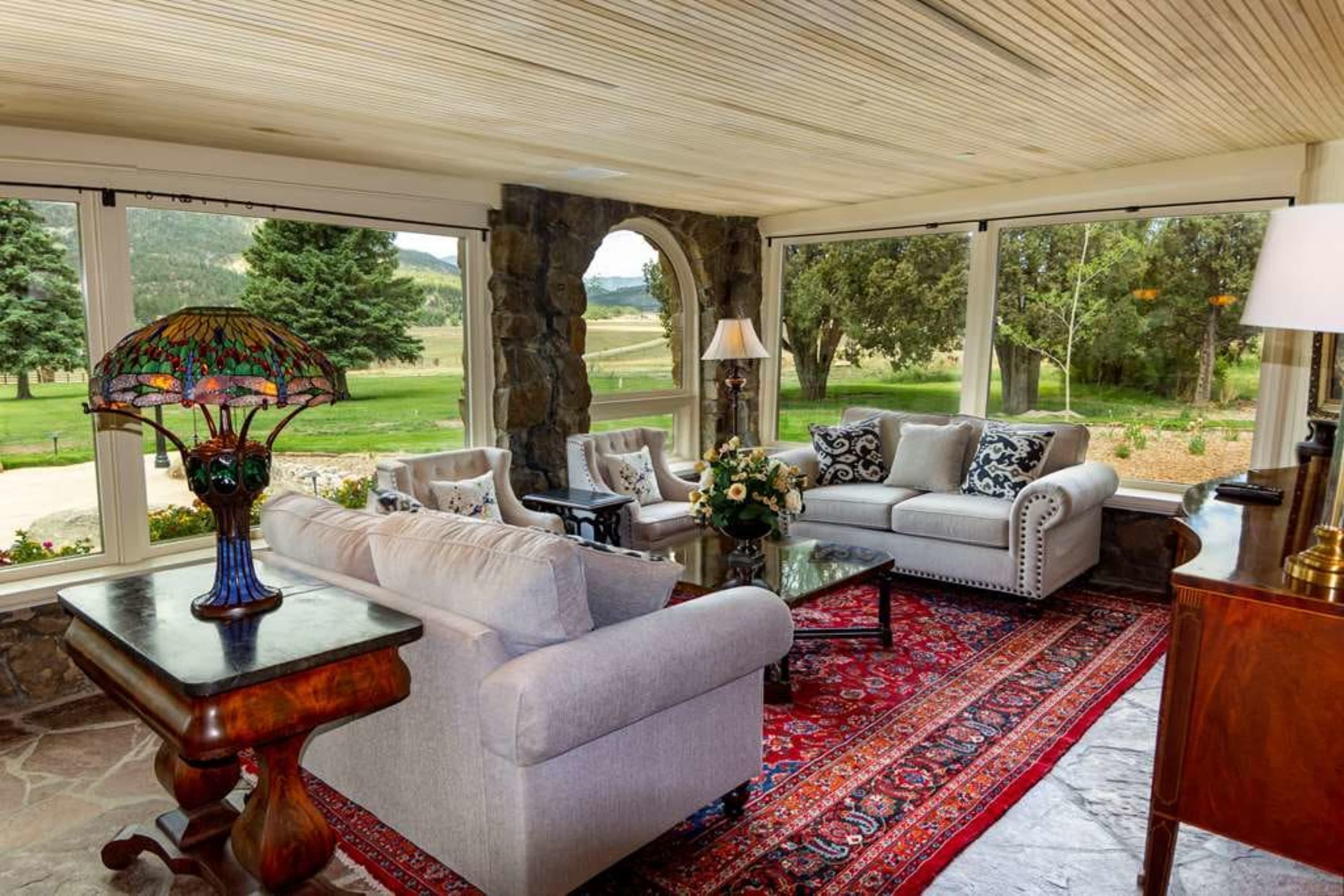
Image courtesy of Vermejo, A Ted Turner Reserve
Vermejo is a sprawling luxury ranch located in northern New Mexico, covering over 550,000 acres of untapped wilderness. Fora co-founder Henley Vazquez equated the property to a private national park, noting that Wyoming’s Grand Teton National Park is almost 250,000 acres smaller than Vermejo. The property is committed to conservation, and offers a blend of adventure and ecological stewardship, including opportunities to spot elk, bison and black bears in their native habitats. The reserve emphasizes sustainability and environmental education, offering guests a chance to connect with nature while supporting its preservation.
Vermejo also provides luxurious accommodations, including two historic lodges as well as cozy guest cottages and larger mansions. The Casa Grande lodge was the original ranch and residence, and features classic décor and large rooms. The Casa Minor lodge is more contemporary, with more approachable rates. Accommodations are paired with farm-to-table dining with an emphasis on sustainable practices. Activities abound here, including all the staples of traditional dude ranches as well as bespoke experiences.
One thing to keep in mind: Vermejo is very remote. Many Fora Advisors recommend bookending your stay with a night in Denver or Santa Fe. The drive is around three to four hours in either direction, which may not be appealing immediately after a flight.
Fora Perks at Vermejo, A Ted Turner Reserve:
$100 resort credit, complimentary sundowner, breakfast daily, an upgrade and extended check-in/out whenever possible.
Paws Up (Greenough, Montana)

Image courtesy of The Resort at Paws Up
Paws Up in Montana is a working ranch in the heart of the Blackfoot River Valley that caters to a wide mix of travelers, from luxury-seeking couples to multi-gen families.
“We had the best time truly immersing ourselves in ranch life,” Fora Advisor Alana Stoyas, who split time between staying on the main property and the glamping tents with her family, said. “This was unlike anything we had done before, and I will treasure the memories we made each night beside the campfire while our butler roasted up gourmet s'mores.”
There are three accommodation options. The Green O is an uber contemporary, adults-only escape into nature with modern treehouse cabins. The main resort at Paws Up features homes fit for solo travelers all the way up to large families, and has a mountain chic vibe. There are also fully furnished glamping tents available in warmer months.
“Staying in the tented camp was a highlight — communal dining and evenings by the fire pit made it easy to connect with other guests,” Fora Advisor Anna Dobrenski said. “Plus, you'll have a butler to help with any requests while you're at camp: pure luxury!”
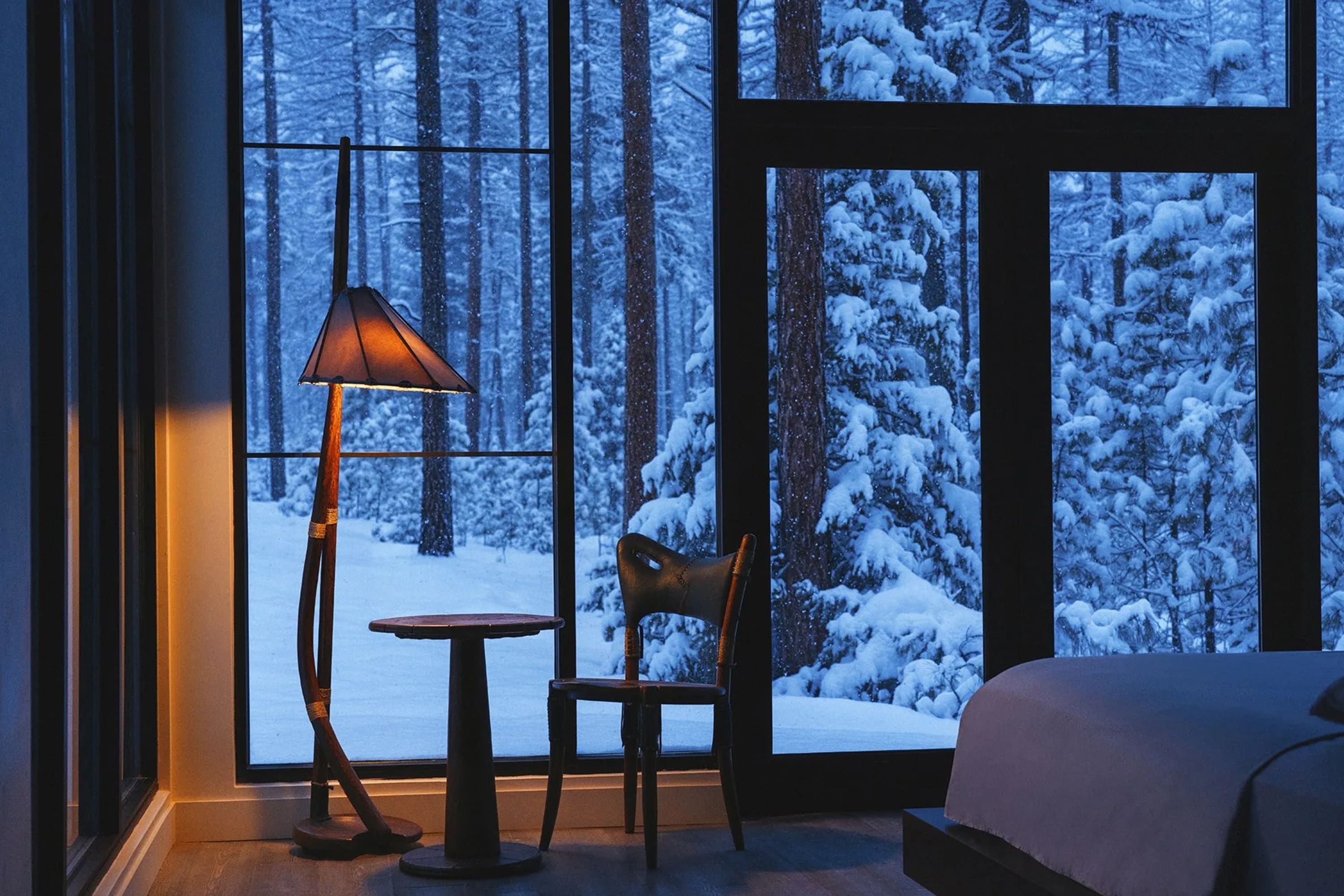
Image courtesy of The Green O
Paws Up is known for its mix of outdoor adventure and upscale amenities. The ranch offers the full slate of dude ranch activities (horseback riding, fly fishing, ATV excursions, etc.) as well as mainstream options like racing on a gokart track and a world-class spa.
“My kids and I bonded over clay shooting and archery — exciting and unforgettable activities,” Anna said. “Paws Up is an experience not to be missed.”
The 35,000-acre resort also features fine dining, with a focus on locally sourced ingredients.
“The master chefs and culinary programming are incredible, elevating every meal to an experience in itself,” Anna said. “While at the tented camp, our family enjoyed talking with the chef in the dining pavilion. The communal dining created opportunities for laughter, stories and connection.”
Fora Perks at The Resort at Paws Up and The Green O:
$300 activity credit, complimentary bottle of wine, breakfast daily, complimentary round-trip airport transfers, an upgrade and extended check-in/out whenever possible.
Sage Lodge (Pray, Montana)
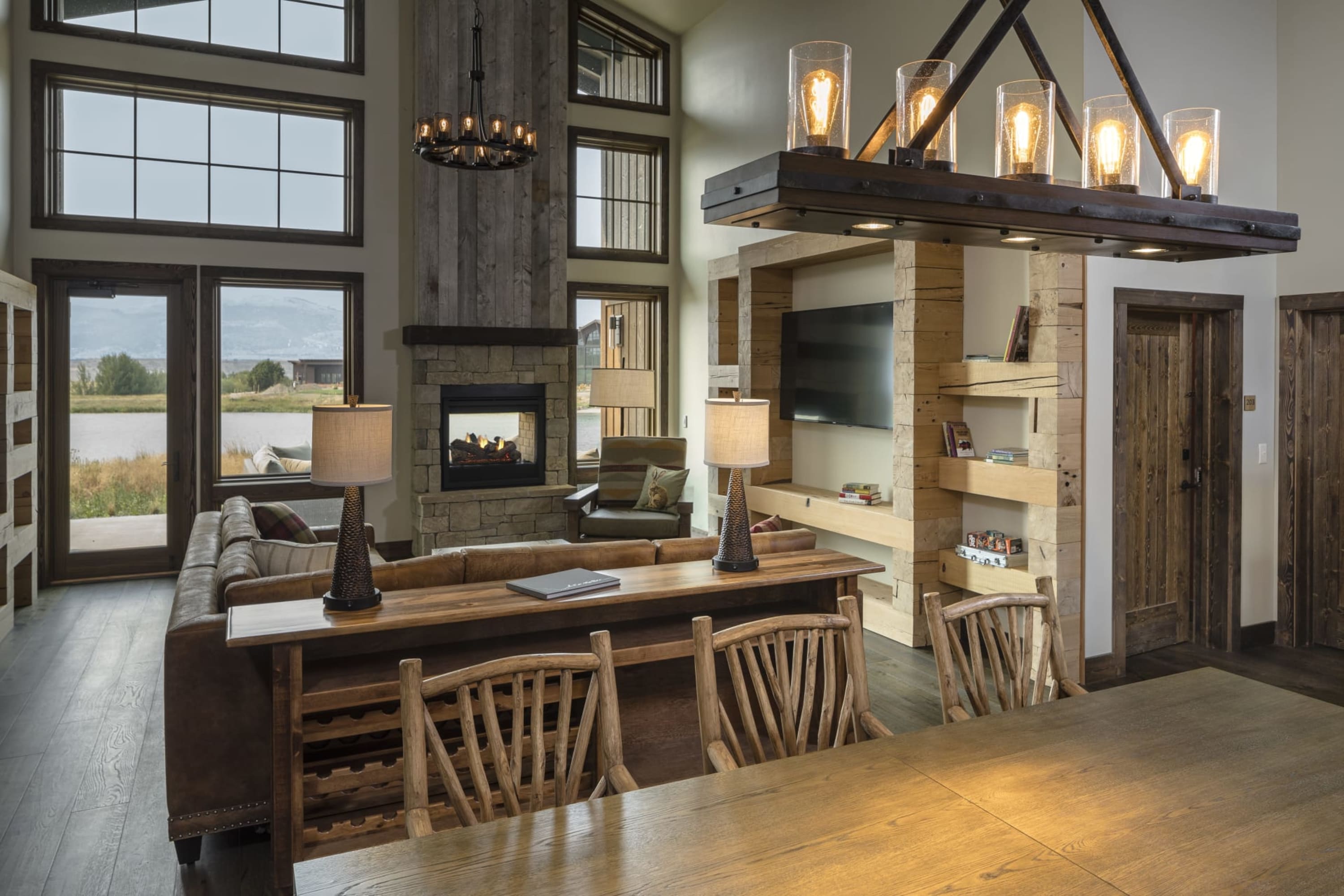
Image courtesy of Sage Lodge
Sage Lodge, another luxe dude ranch in Montana, is a picturesque retreat located along the Yellowstone River, just 35 minutes from Yellowstone National Park. Found in the heart of Paradise Valley, it offers views of the surrounding mountains and a tranquil escape, especially for nature lovers.
Accommodations feature cozy yet modern rooms and cabins decked out in a mountain elegance that has earned the ranch three Michelin Keys. Enjoy exceptional dining at The Grill, which serves locally inspired, word-class cuisine, and unwind with premium wellness treatments at the on-site spa. Notably, Sage Lodge is smaller than our previous picks. But what it lacks in size — it’s still huge, just not 500,000-acres huge — it makes up for with convenience. Of all the dude ranches on this list, Sage Lodge is the most accessible. It’s about an hour from Missoula, which receives direct flights from the West Coast and throughout the Midwest, as well as connecting flights from the East Coast through Denver.
“My clients had a fantastic experience at Sage Lodge and were particularly impressed by its prime location, which makes offsite excursions incredibly convenient and accessible,” Fora Advisor Gianna Quattrini said.
Fora Perks at Sage Lodge:
$100 food and beverage credit, breakfast daily, an upgrade and extended check-in/out whenever possible.
Dunton Hot Springs (Rico, Colorado)
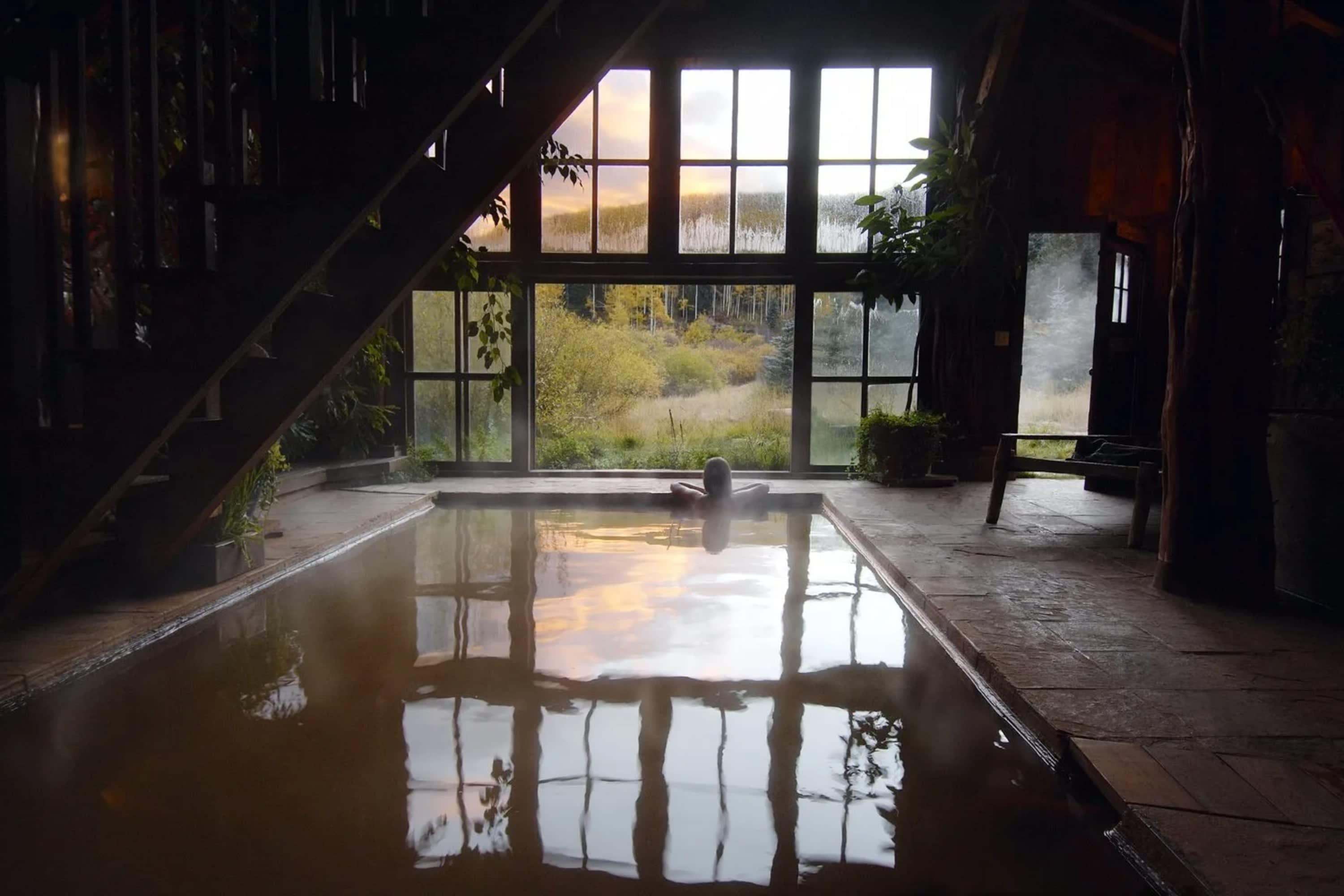
Image courtesy of Dunton Hot Springs
Dunton Hot Springs was once an abandoned 19th-century mining town before it was transformed into one of Colorado’s most unique places to stay. Natural hot springs are a major draw, as is the stunning alpine scenery. All of the units and facilities of the ranch occupy historic buildings that once served as residences, shops and other buildings that make up a town. These units consist of hand-hewn log cabins, individually designed with rustic charm and modern comfort in mind. Dining at Dunton includes farm-to-table cuisine made with fresh, locally sourced ingredients.
Fora Perks at Dunton Hot Springs:
$100 food and beverage credit, breakfast daily, complimentary air and concierge services, an upgrade and extended check-in/out whenever possible.
Things to do on a dude ranch
An abundance of activities is something virtually all dude ranches have in common. Here’s a snapshot of what you can expect, but keep in mind that many of the best dude ranches offer dramatically more than what’s listed here.
Horseback riding (and possibly cattle drives)
Horseback riding is a quintessential experience offered by most dude ranches. This might take the form of trail riding, where you simply trot along a path through ranch grounds, or something as involved as herding cattle. Horseback riding lessons are also common.
ATV and 4x4 tours
If you prefer horsepower of the mechanical variety, many dude ranches have offroad tours or tracks. ATVs, Jeeps, dune buggies, dirt bikes — options vary, as do the settings. Some ranches, like Brush Creek Ranch, also have guided tours that take you around the property and cover its history and wildlife.
Fly fishing
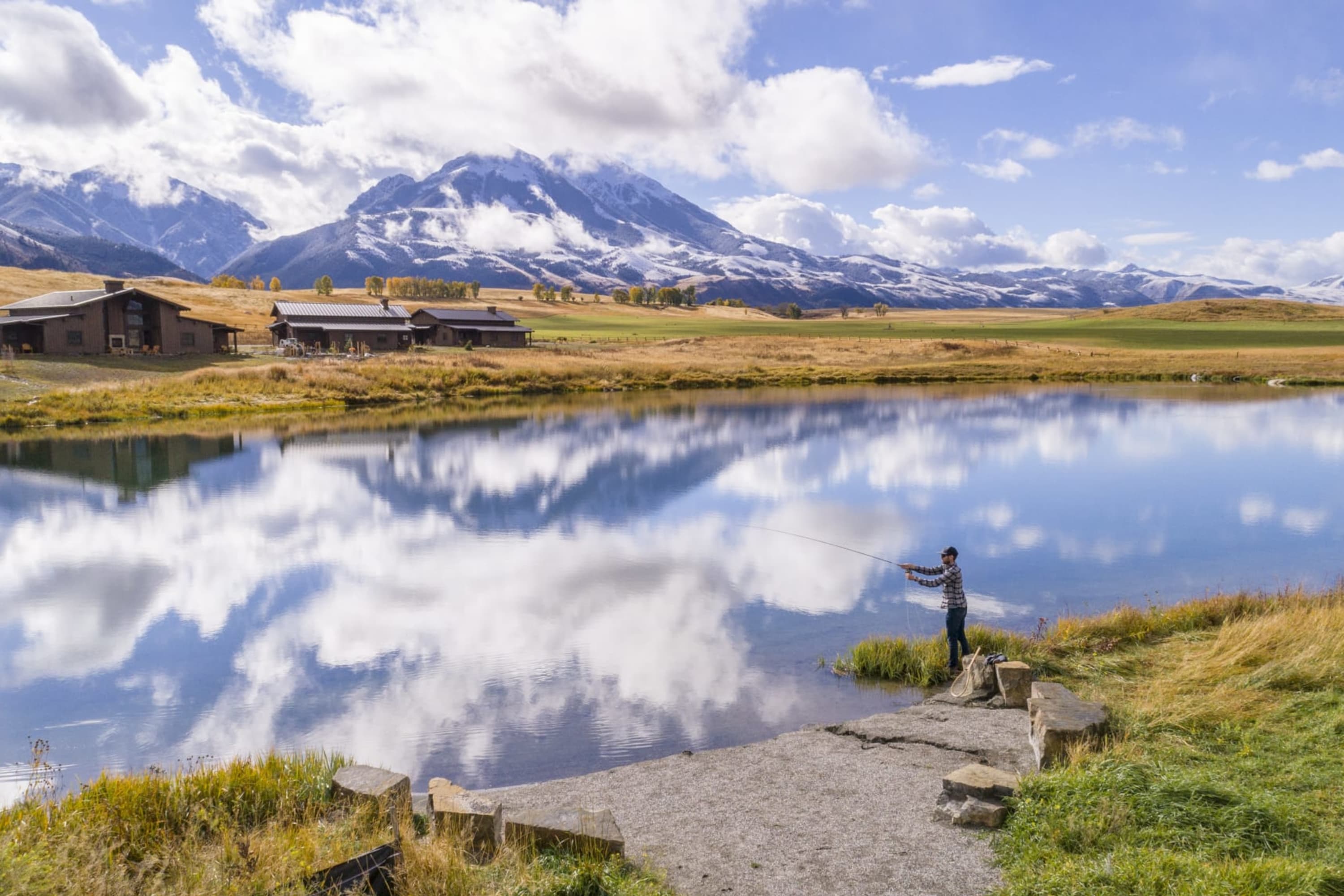
Image courtesy of Sage Lodge
Fishing — usually for trout — in rivers and streams on or near dude ranches provides a tranquil escape. Some ranches are catch-and-release, while others allow you to keep your catch, and may even offer to prepare — or teach you how to prepare — a meal.
Cooking classes
Ranch cuisine is hearty, delicious and often sourced right from the property. Classes that blend rustic techniques and flavors with contemporary styles are available at many dude ranches; some may even allow you to source and forage for the ingredients yourself.
Fine dining and tastings (including wine)
The best dude ranches feature restaurants with elevated menus and tastings. Ranch cuisine is still front and center, but often with a gourmet flair. Wine, whiskey and other tastings are also common, especially to show off local flavors.
Wellness experiences (like spa treatments or yoga)
Luxury dude ranches usually host a spa with treatments inspired by Western and Native American traditions. This might include massages with oils and incense prepared according to Indigenous medicine, or yoga sessions in pristine settings.
Shooting and archery
Shooting and archery are ingrained in ranch culture. Target and clay shooting can be a blast: Many dude ranches have safe, controlled spaces to learn about and operate firearms and bows for beginners, as well as distance ranges for experienced shooters and archers.
Golf, tennis and other outdoor sports
Most dude ranches cater to interests beyond Western themes, which is great if you’re looking for a break. Golf, tennis and pickleball are common, and many ranches have additional sports facilities.
White-water rafting
Dude ranches in the mountains often provide access to rapids for adrenaline-fueled white-water rafting. Calmer water sports, like kayaking and canoeing, are also usually offered.
Hiking, nature tours and birdwatching

Most dude ranches are set on, or at least surrounded by, vast pockets of wilderness. Location is a major factor in the scenery. The options aren’t quite endless, but they are expansive, free of urban sprawl and beautiful. Exploring these landscapes on foot offers a chance to unwind and connect with nature.
Winter sports
Not all dude ranches offer winter sports. But many of the top options offer winter-specific activities like snowshoe hikes, snowmobile tours and more. Some properties, including Brush Creek Ranch, even have ski slopes on site.
Book your dude ranch vacation with a Fora Advisor
Booking your stay at a dude ranch with a Fora Advisor has many benefits. Your Fora Advisor can matchmake you to a property that resonates with your travel preferences and budget, communicate special requests to hotel staff and unlock complimentary perks, like activity or dining credit, to elevate your vacation. Your advisor can also help you — as much or as little as you want — plan your itinerary with expert suggestions and insider tips.
What is a dude ranch: FAQs
Read on for more information about dude ranches.
Where did dude ranches get their name? When did they become popular?
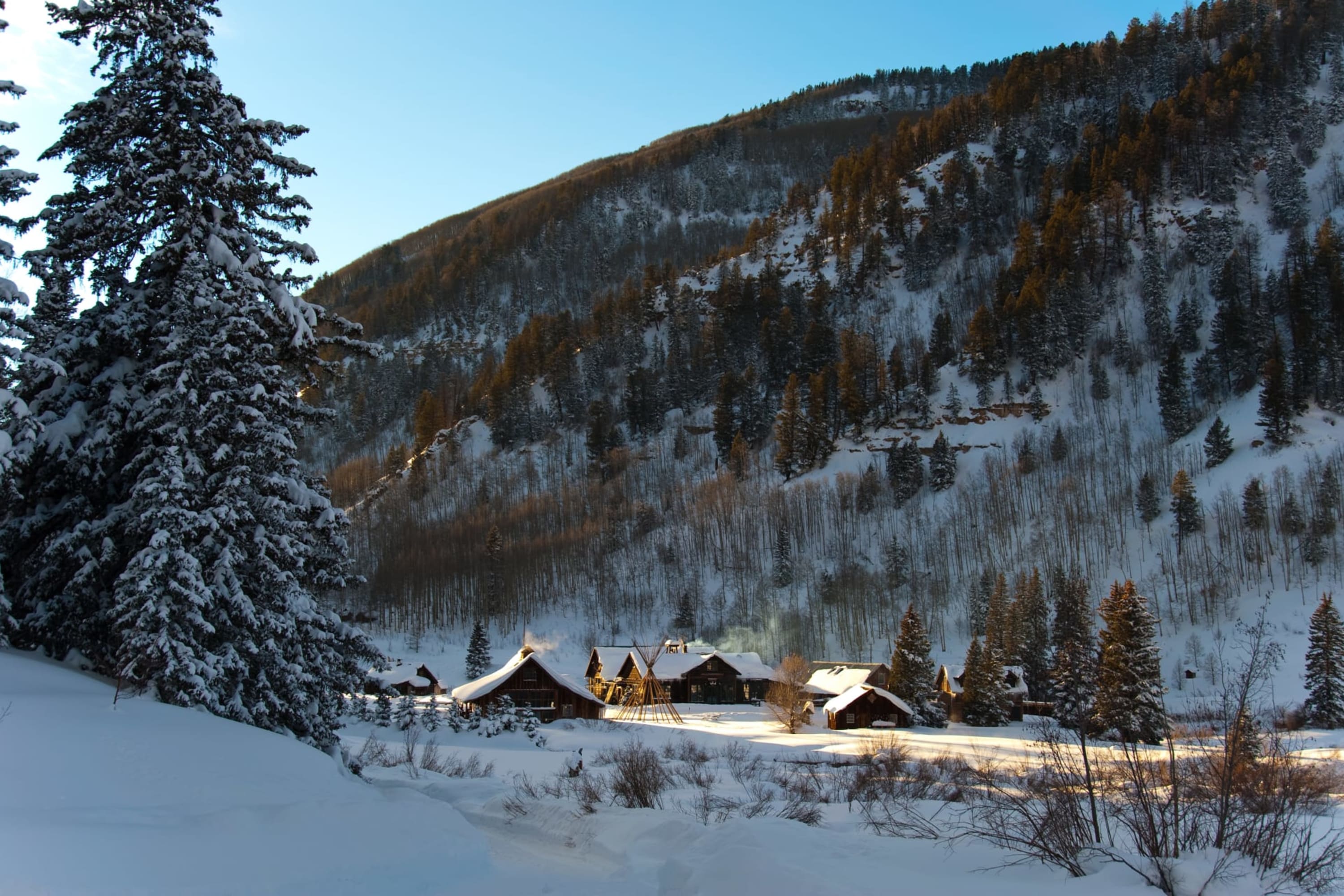
Image courtesy of Dunton Hot Springs
Dude ranches got their name in the late 1800s, when the term "dude" was used to playfully describe city dwellers seeking an escape to the countryside to experience a rugged, Western lifestyle. The exact origin may come from “Yankie doodle dandy,” poking fun at typically wealthy clients hailing from major cities like New York and Boston. Dude ranches became popular in the early 20th century, particularly in the 1920s and 1930s, as big-city Americans sought out vacation experiences that offered adventure, relaxation and a connection to nature.
As international travel became dramatically more accessible for travelers of all types by the 1960s, dude ranches fell out of the mainstream for a time. But they’ve made a comeback in recent years, possibly because of appearances on shows like Modern Family and the resurgence of Western-themed shows such as Yellowstone.
Are dude ranches only for men?
Not in the slightest. As mentioned, “dude” was a term applied to city dwellers visiting ranches for an escape from urbanity. Dude ranches cater to all types of travelers.
What types of food are served at dude ranches? Are dude ranches all-inclusive?
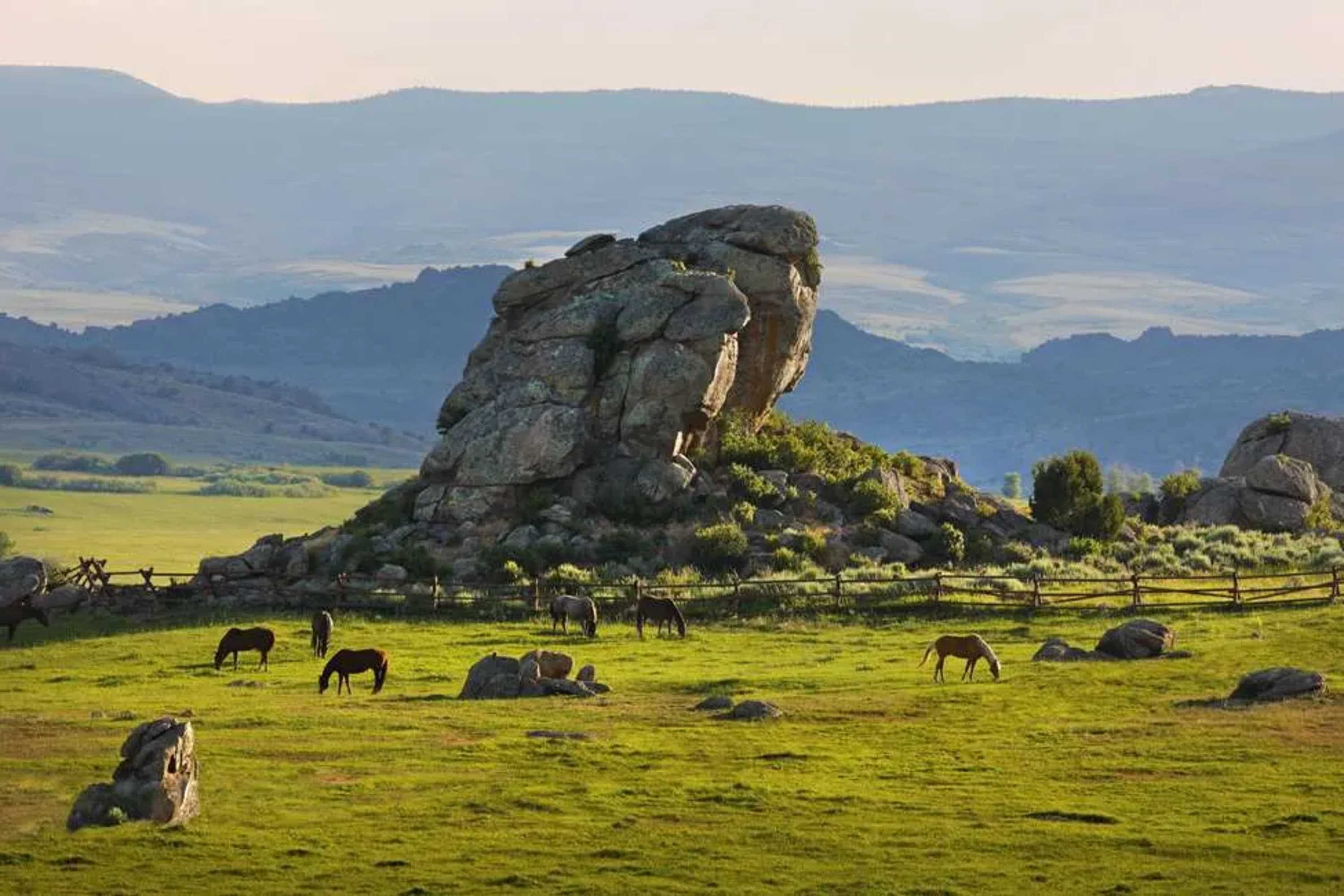
Image courtesy of The Lodge & Spa at Brush Creek Ranch
The types of food served at dude ranches vary by property, but often include hearty, rustic meals that reflect Western traditions. This may take form in barbecue, steaks — many dude ranches revolve around cattle — and home-style comfort foods. Luxury ranches typically offer gourmet dining options. Most dude ranches offer a variety of packages, including all-inclusive options. Accommodations and dining are often paired together, while activities may or may not be part of the package — it varies by property.
Are pets usually allowed at dude ranches?
Pet polices change from property to property. As many dude ranches, especially the more authentic options, have livestock and other animals on site, strict pet policies may be enforced. Others limit where pets can go, but otherwise offer pet-friendly accommodations. A Fora Advisor can help you find a dude ranch with a pet policy that suits your needs.
What’s the difference between a dude ranch and a guest ranch? What about a working dude ranch?
“Dude ranch” and “guest ranch” are often used interchangeably. Broadly speaking, you’ll find that dude ranches tend to be geared toward rustic themes while guest ranches often emphasize more of a resort-style experience. There are many exceptions, so we recommend looking at the activities, accommodations and themes of a property rather than which term it subscribes to. “Working dude ranches,” however, almost always focus on providing hands-on experiences of daily ranch operations, like cattle herding or tending to horses, along with the other activities mentioned above.
Should you expect to be put to work while staying at a dude ranch?
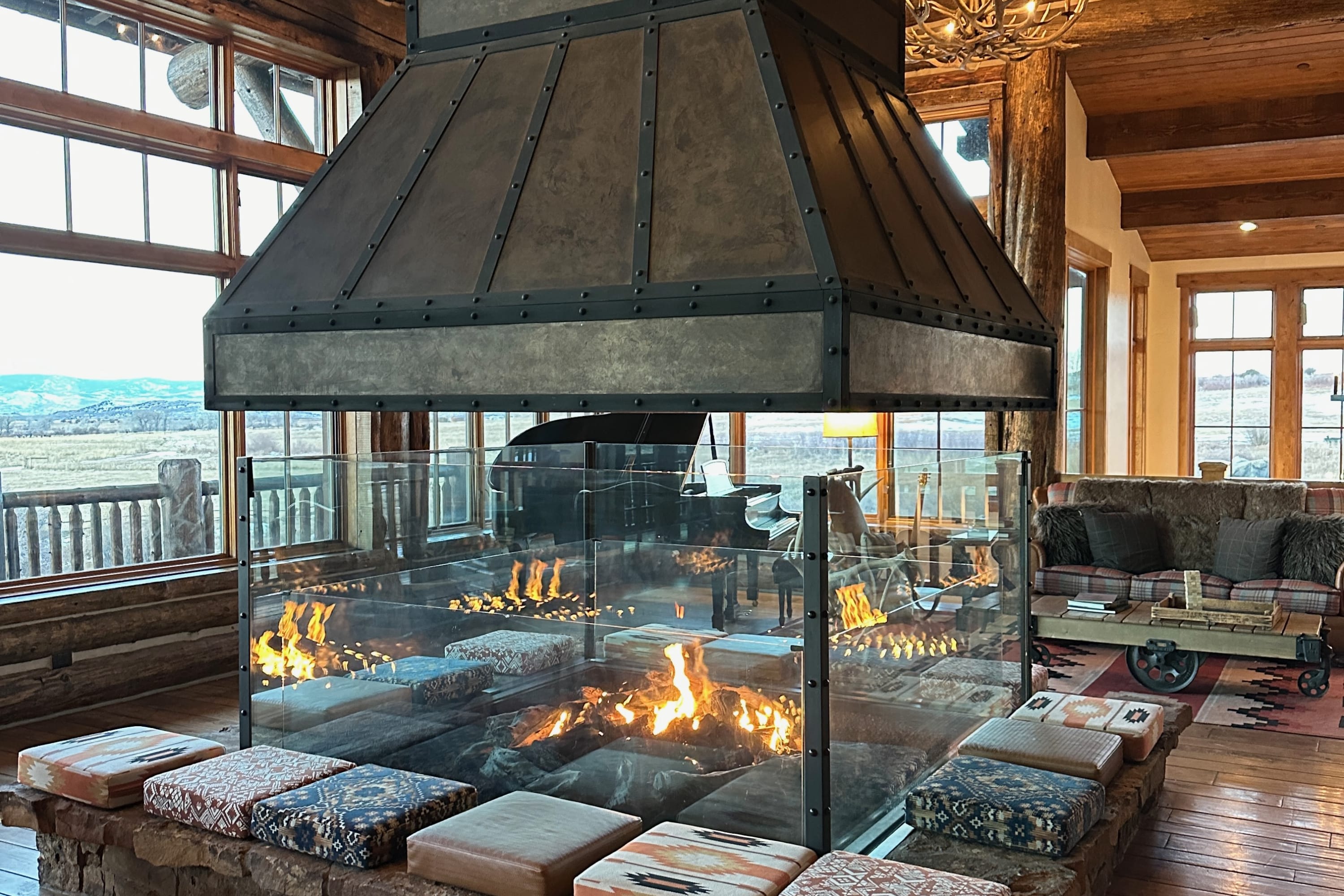
Not in the sense that you’re taking on a new job. Dude ranches are meant to be fun experiences. Even ranches geared toward authentic recreations of ranch living are still toned down to a point where the “work” is fun.
Do you need experience to try work-like activities at dude ranches?
No. In most cases, work-like activities at dude ranches are framed in a way that’s beginner-friendly.
What’s the average cost of a dude ranch vacation?
Generally, you should expect to pay between $400–$1,000 per person, per night at dude ranches if you count accommodations, dining and activities. The most luxurious dude ranches may cost considerably more per night.
How far in advance should you book a stay at a dude ranch?
As early as possible. Capacity is often limited, and the best dude ranches tend to sell out quickly. This is especially true if you’re looking to make a summer booking, which is peak season for most ranches.
How long is the typical dude ranch vacation?
We recommend spending at least four nights to get the most out of your experience. This length allows you to sample a wide variety of experiences and dining. Longer trips allow you to savor each activity and meal, and also provide downtime to simply take in the setting. Chances are, you’ll want to start planning your next trip to try new activities while you’re still on site.
It’s also worth noting that many of the best dude ranches are in remote corners of the United States. This often necessitates a lot of travel time to and from the ranch. Spending a whole day simply getting to the ranch, then only staying a night or two, isn’t a recipe for an enjoyable vacation.
More rustic travel inspiration
Check out more destinations with a rustic spin:
